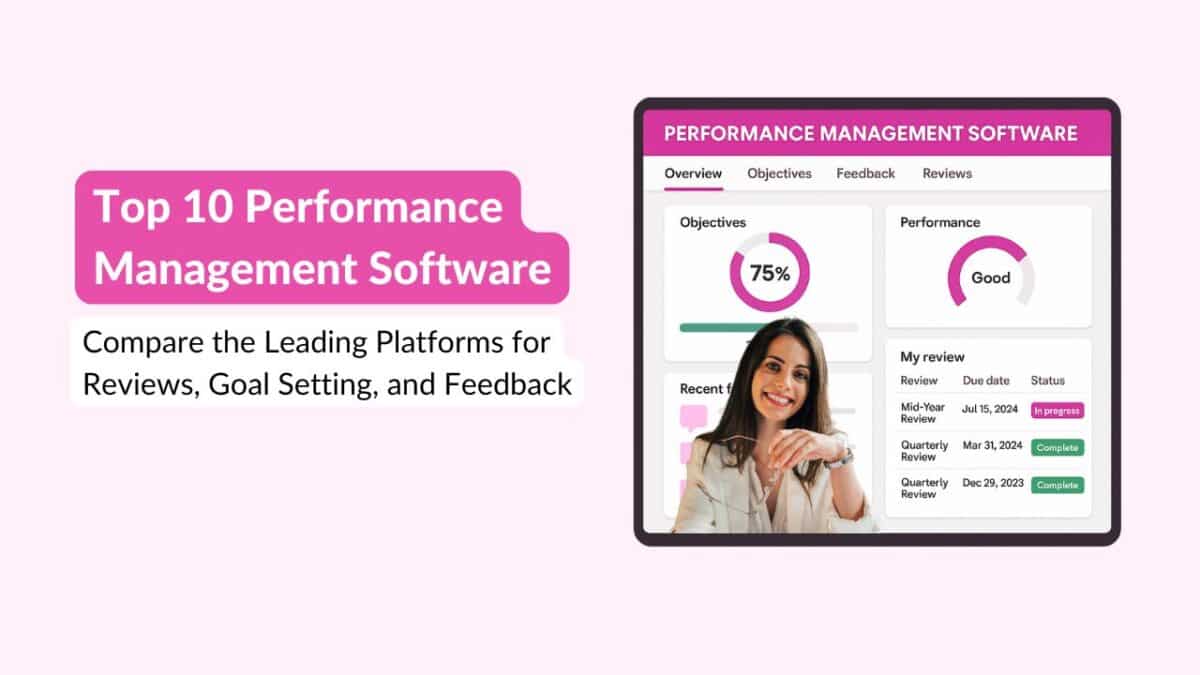If you’ve been keeping your ear to the ground with respect to HR Tech news, you’ll know that there’s a slow revolution taking place regarding employee performance management and employee engagement. The performance review process is being not so quietly being replaced by employee performance appraisal software.
This is not a death knell for the performance review process as such. But it signals that nobody has patience for the old ways of carrying out a performance review process anymore.
To be honest, the process has long been due for a change. The concept of the performance management began in the early 1900s. Several sources have mentioned different names, so it is hard to pinpoint who exactly came up with the idea. But one thing all the sources I looked at agreed upon was the fact that performance management seems to have sometimes during the early 1900s.
But it wasn’t until the 1950s that the concept of performance management became famous. Employers understood that in order for employees to perform well or to be motivated to perform well, they needed encouragement and motivation.
Since then, performance review cycled through many different iterations, including Jack Welch’s rank and yank system at General Electric and Google’s prolific use of goals and objectives to motivate employees.
In present times, however, there are a lot of conflicting ideas about what constitutes performance management. Many companies which were once pioneers in the performance review process, such as General Electric, Enron, IBM, Motorola, etc., have either done away with the processes that brought them recognition or have themselves dissolved.
The current trend is of course to get the review process off papers and take it online. In the past few years, so many software applications have appeared in the market. Is it any better than the traditional performance process? Definitely!
Here are three ways in which employee performance appraisal software can improve the performance review process and drive employee engagement:
Simplify
The problem with traditional performance reviews is that so many of them heavily rely on paper. It becomes a cumbersome task to take all of that paper and consolidate it into a review. With software, on the other hand, all you need to do is input your review. Most performance review software applications will even collate all your performance reviews into one handy document.
Continuous Feedback
Performance review applications make it easier for employees and managers to give continuous feedback. Feedback works best when shared and received in real-time and at regular intervals.
Continuous feedback isn’t something that is just reserved for a certain breed of employees. Constructive feedback is for everyone. It can help struggling employees improve. It can help good employees become better and it might even help struggling employees figure out issues.
Add-Ons
Most employee performance appraisal software applications come with a whole host of features that help aid the performance review process. Engagedly for instance, also has the OKR module which allows you to add and monitor goals and objectives for employees, 360 multirater feedback module, a continuous feedback model, all of which can be utilized during the performance review so that managers have a broad and comprehensive overview of how their employees are doing. Additionally, these features also make tracking an employee’s performance a lot easier.
Engagedly is a performance management application with elements of employee engagement. To find out how we can help you improve performance management and engagement at your organization, request a demo today!
Request A Demo
Get In Touch With Us
Author
Srikant Chellappa
CEO & Co-Founder of Engagedly
Srikant Chellappa is the Co-Founder and CEO at Engagedly and is a passionate entrepreneur and people leader. He is an author, producer/director of 6 feature films, a music album with his band Manchester Underground, and is the host of The People Strategy Leaders Podcast.






